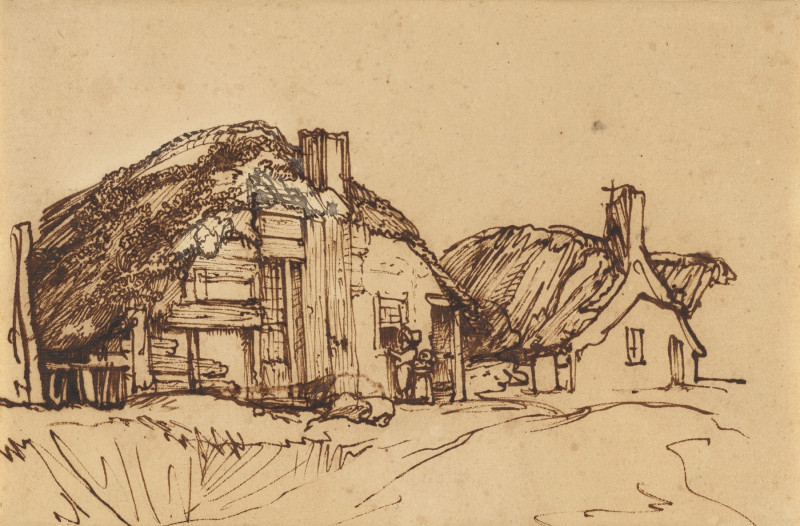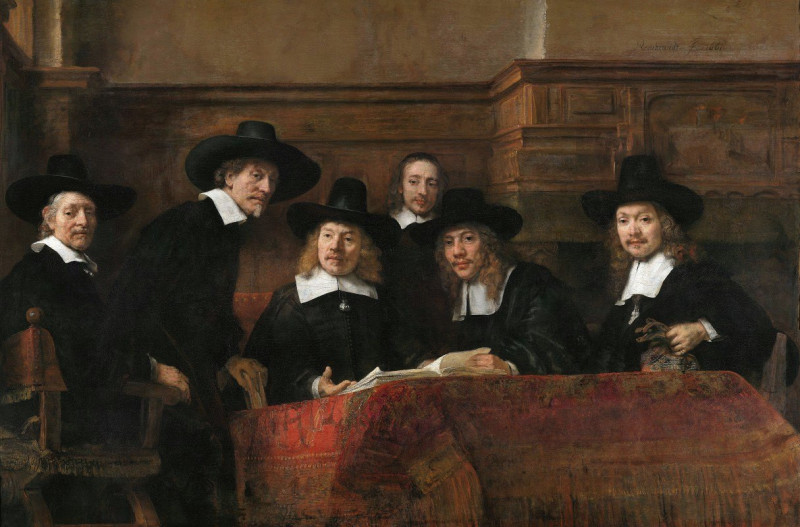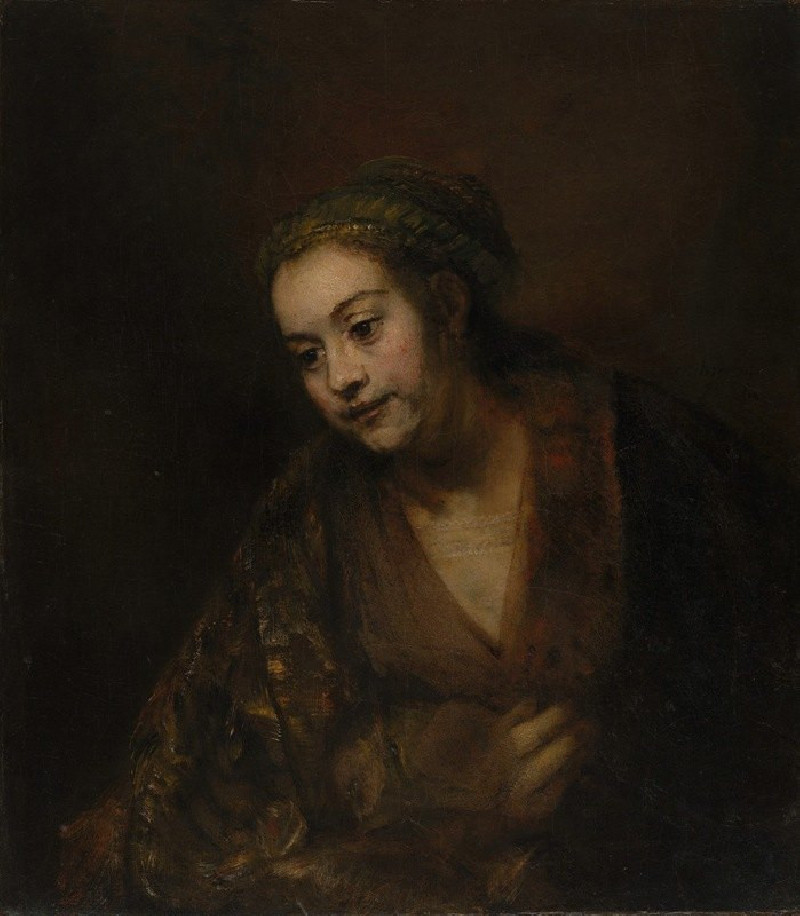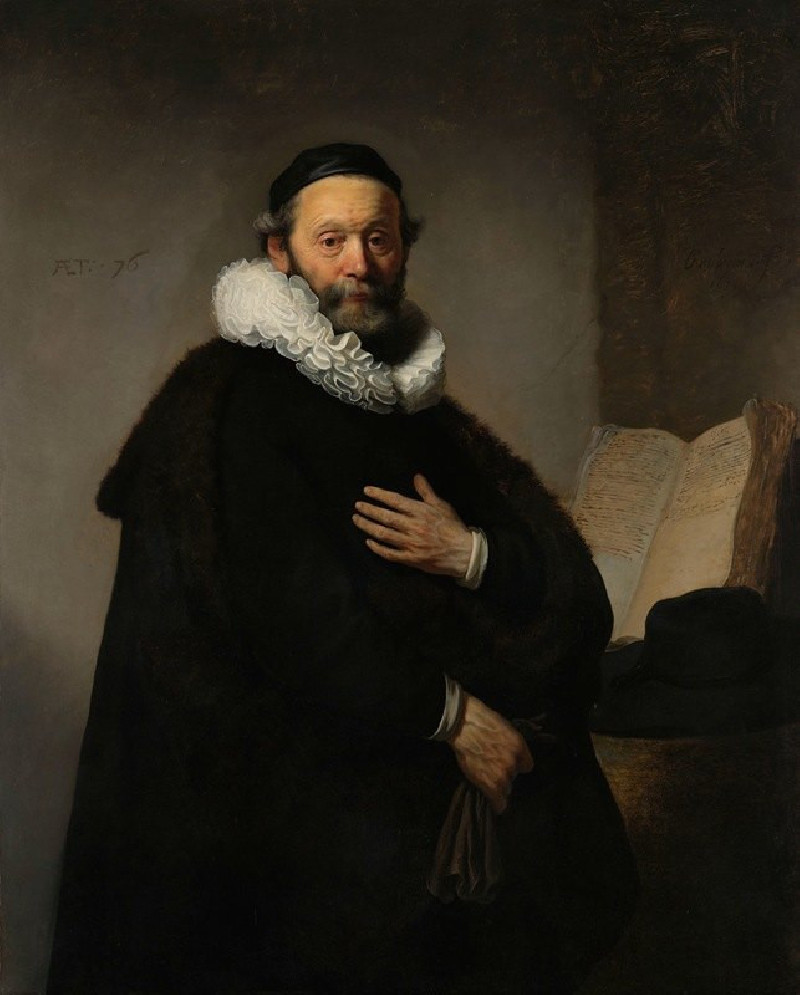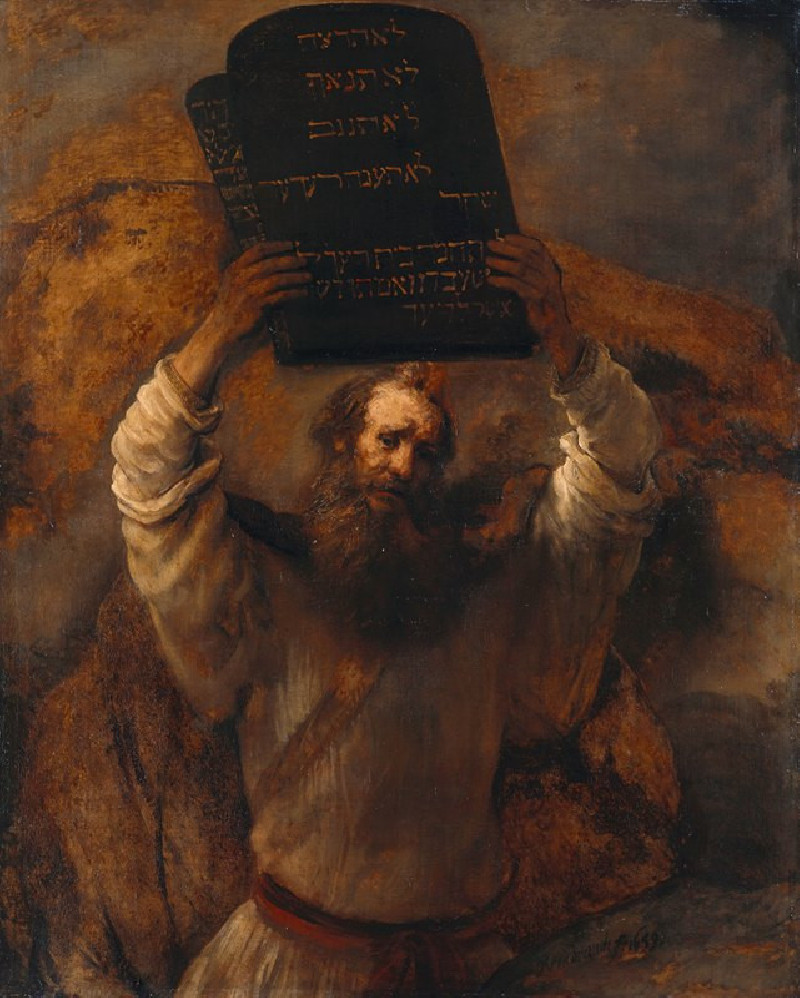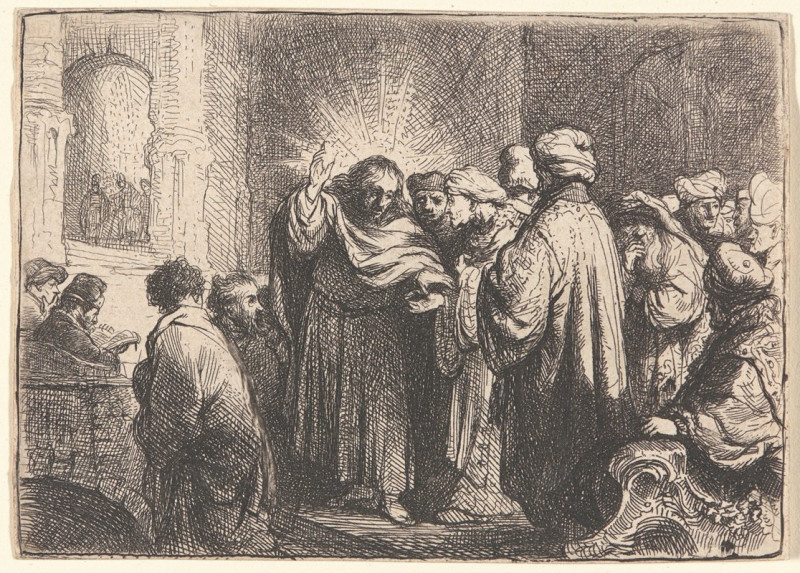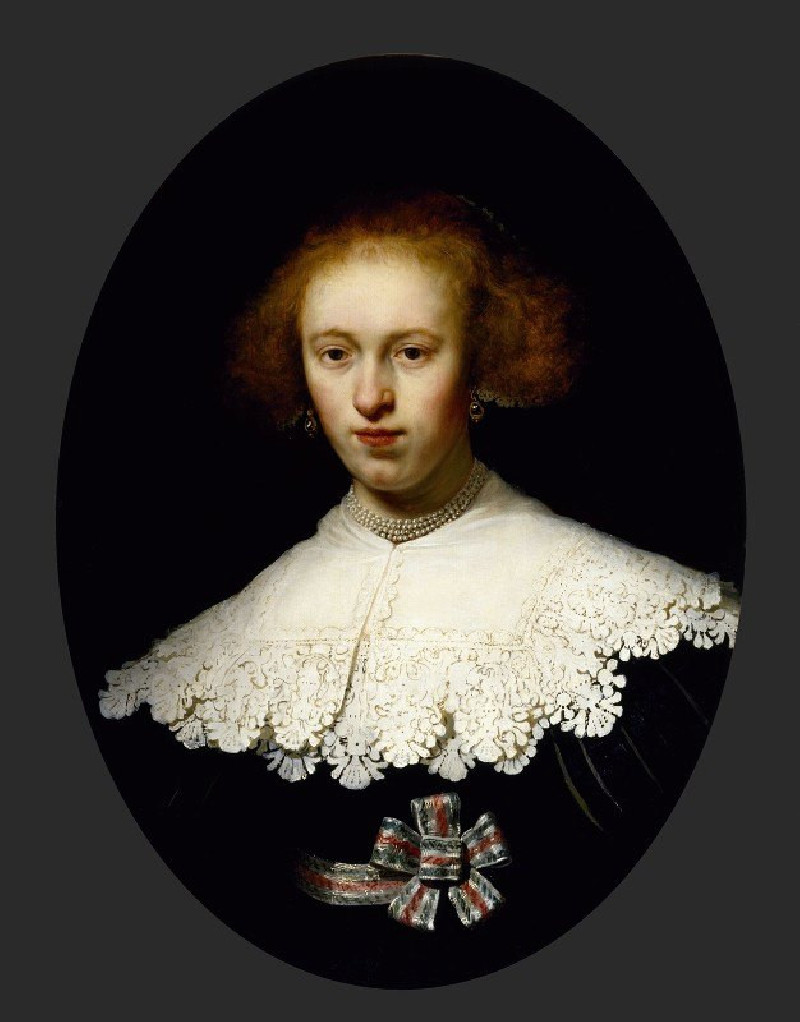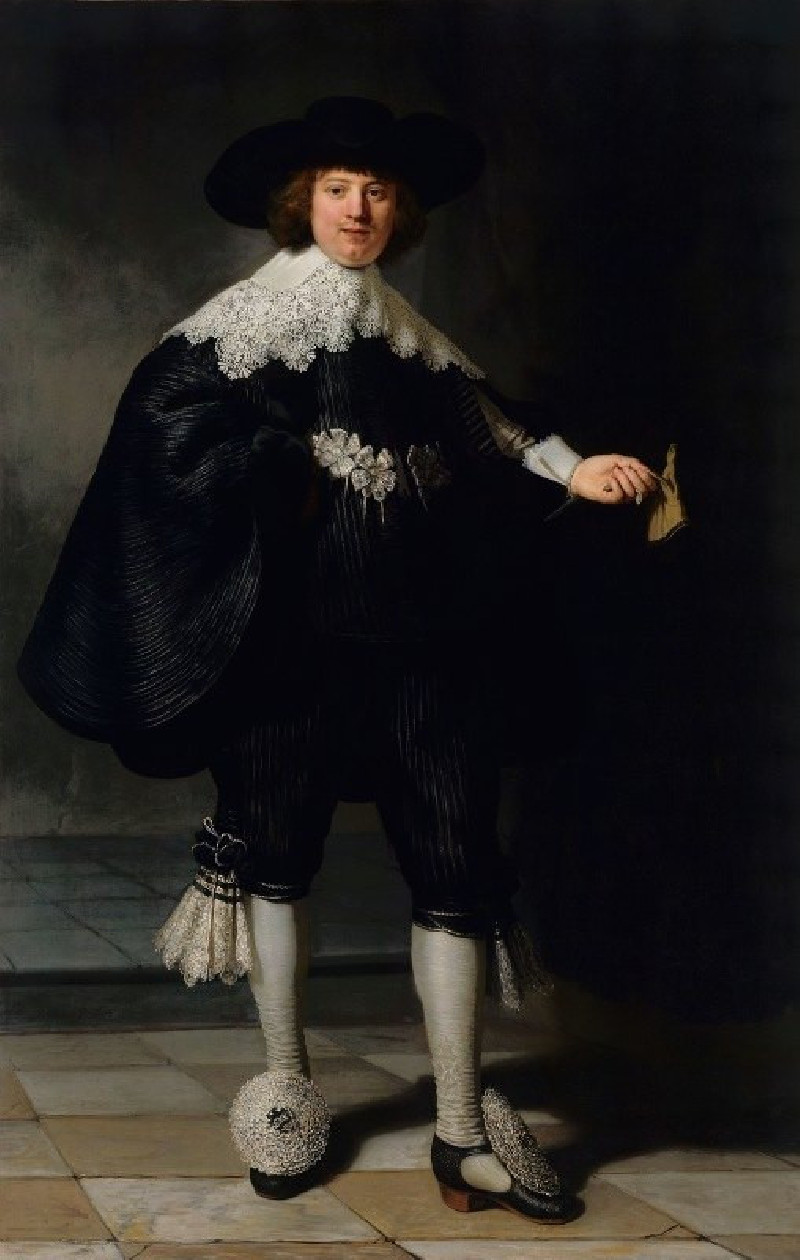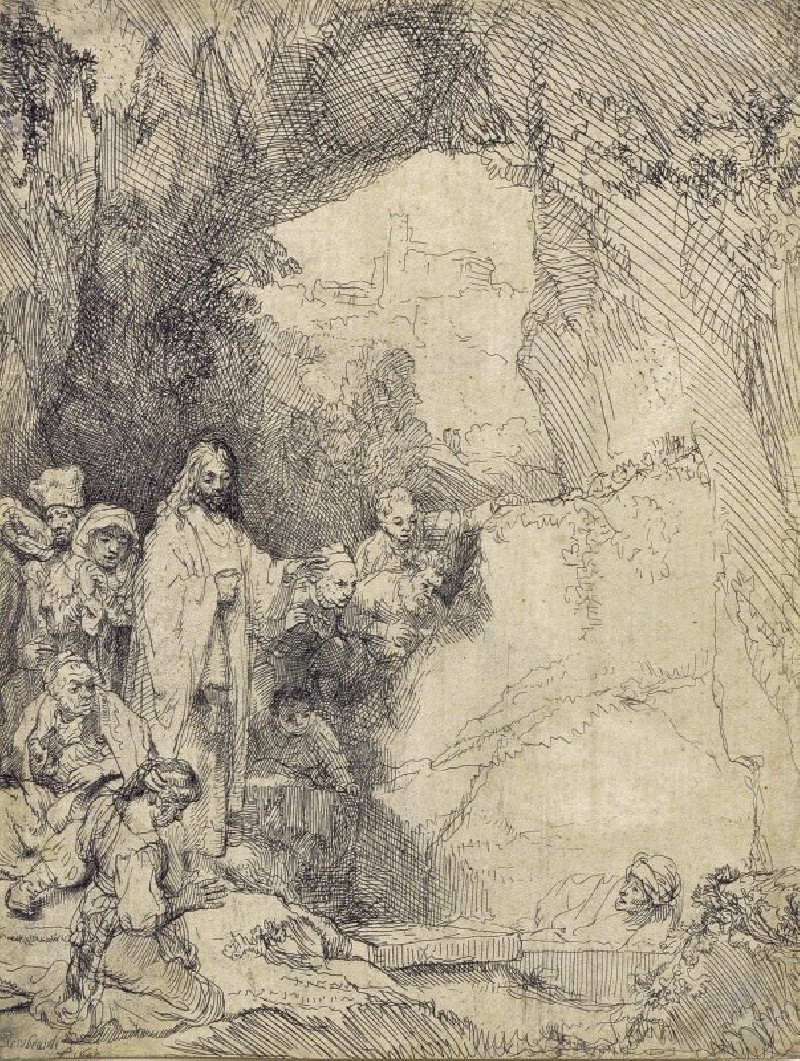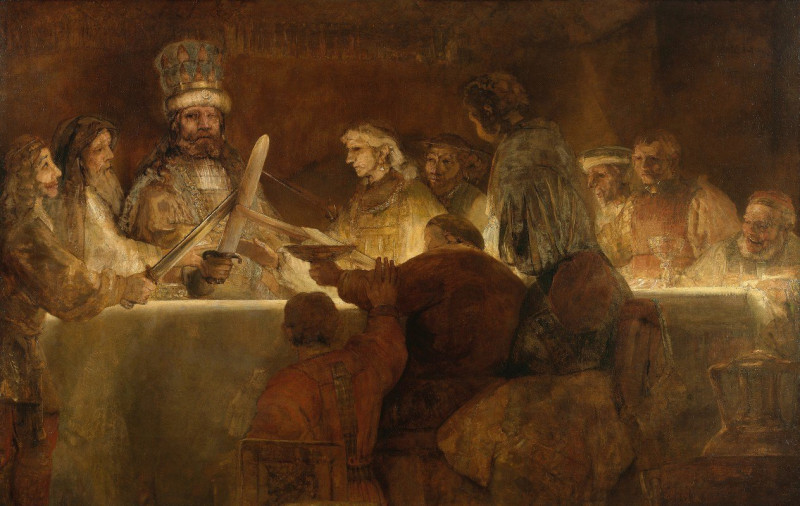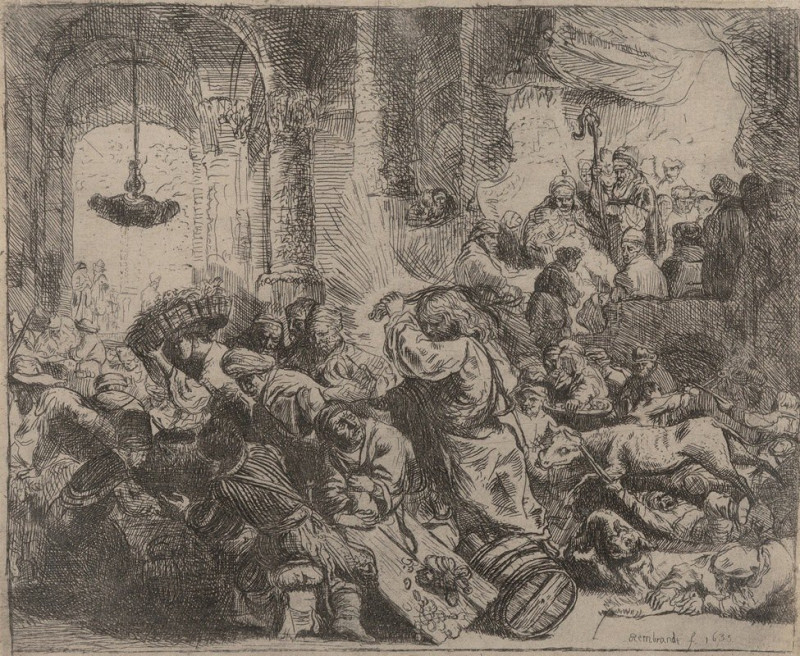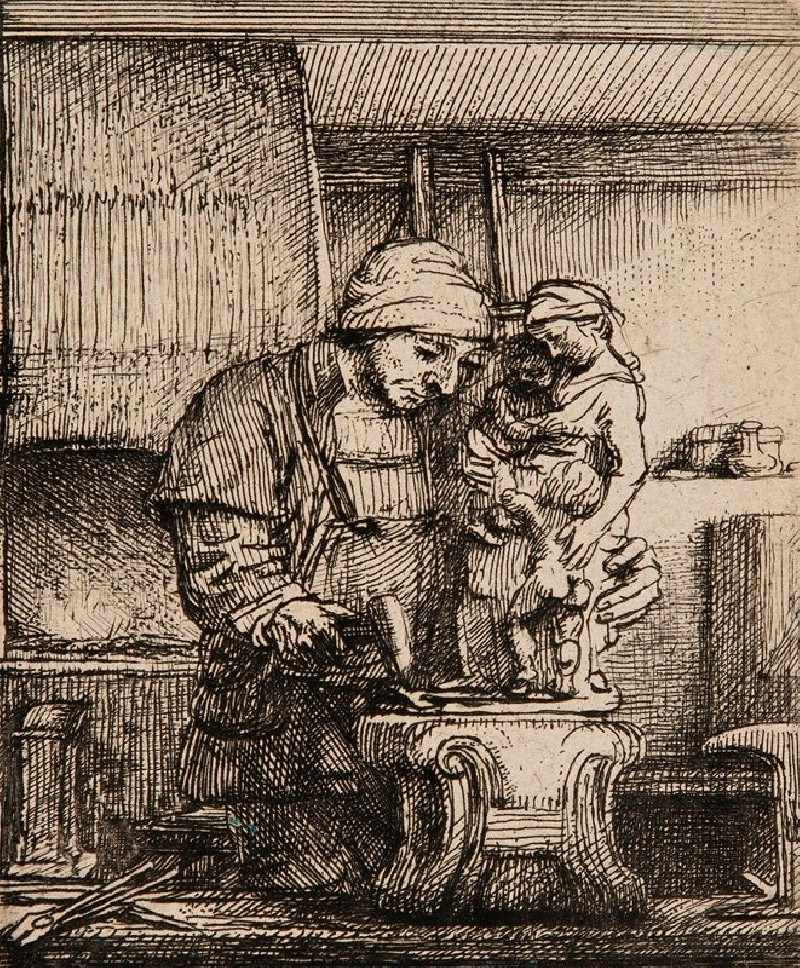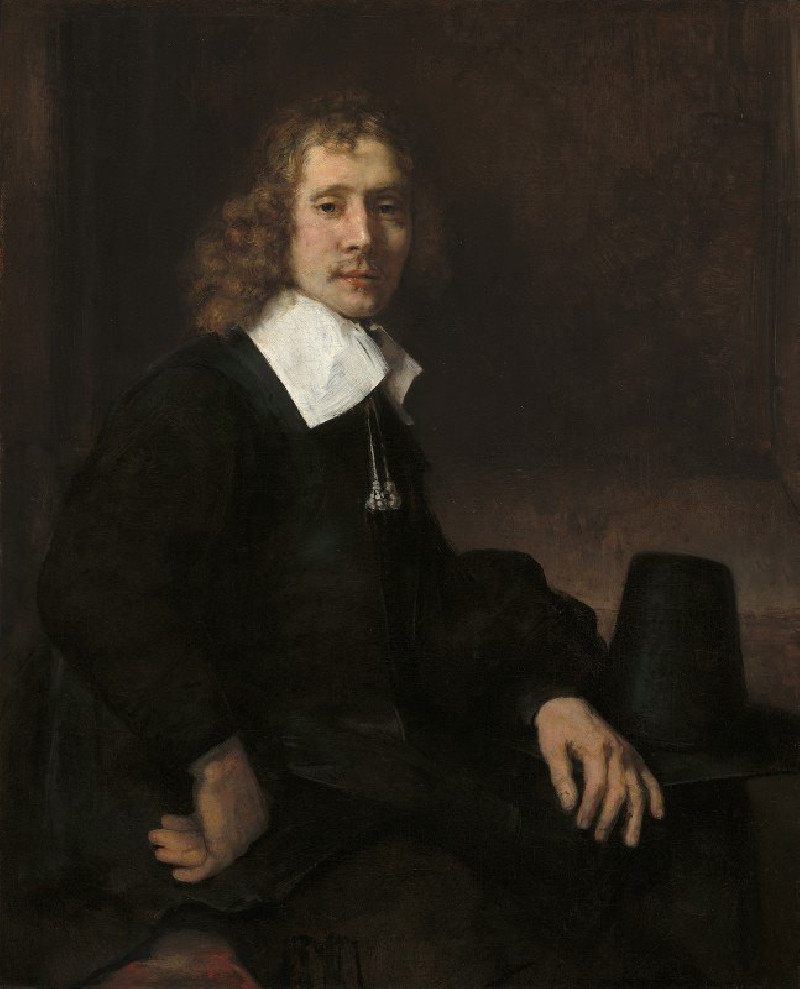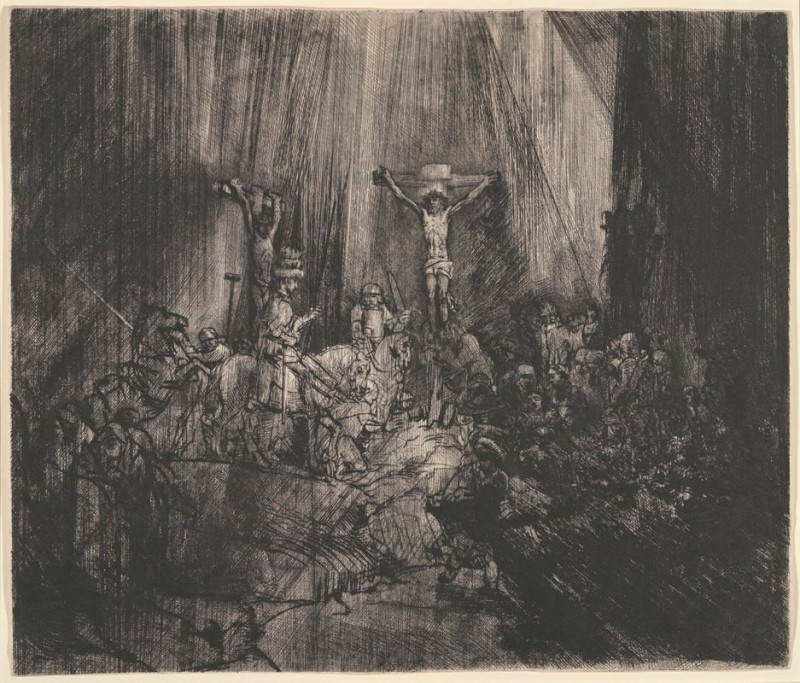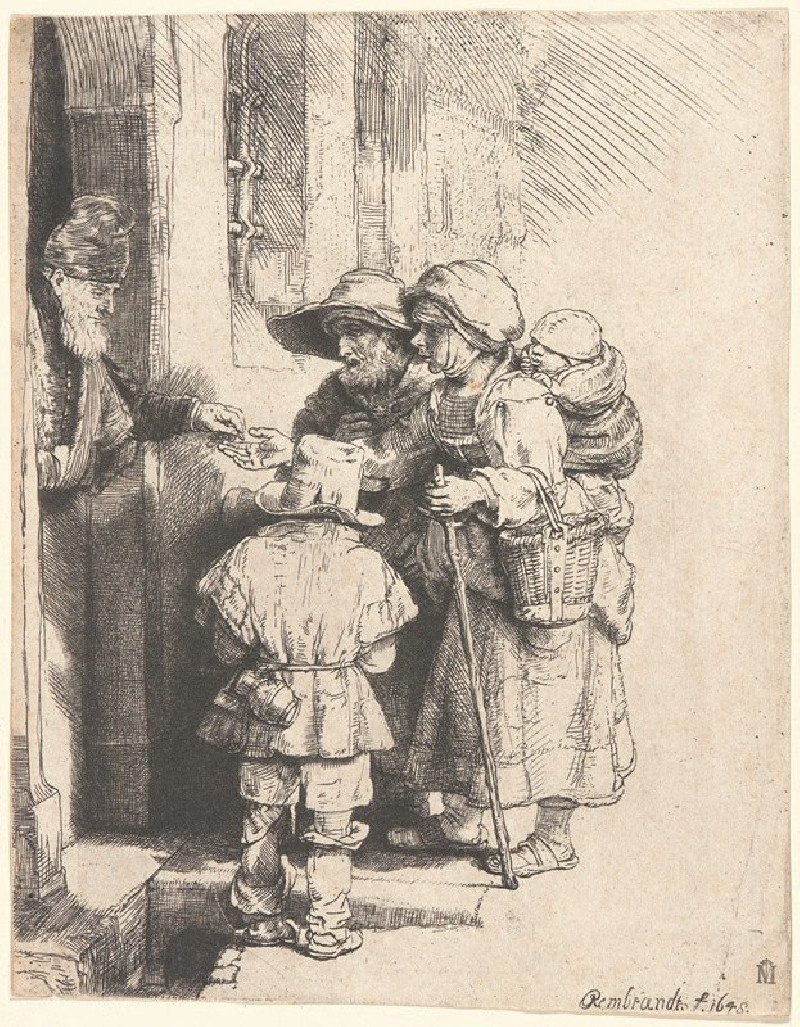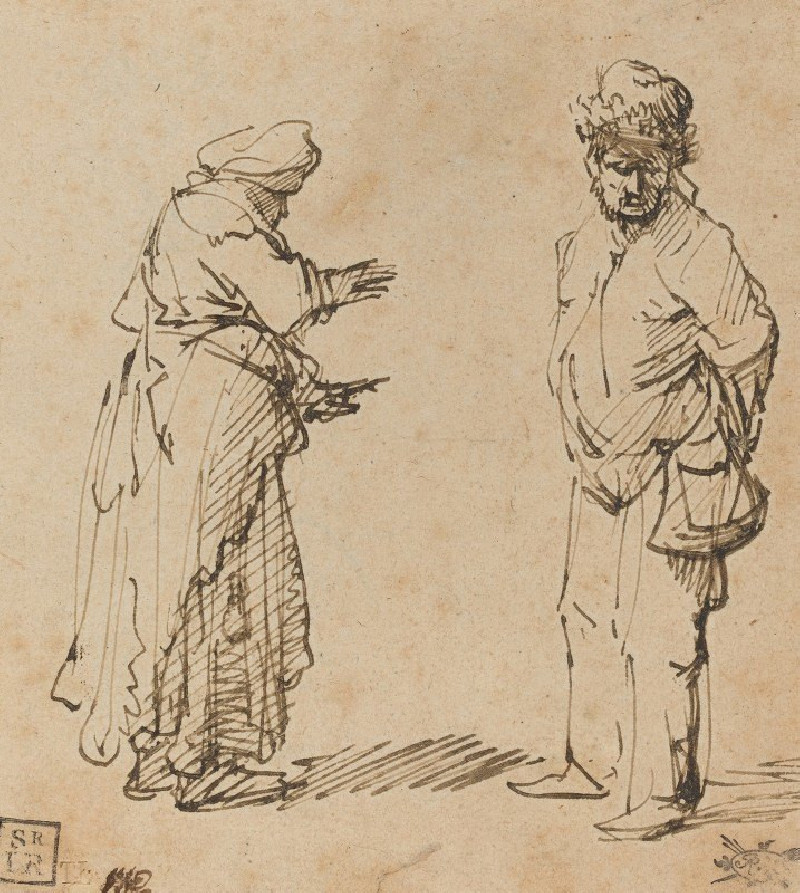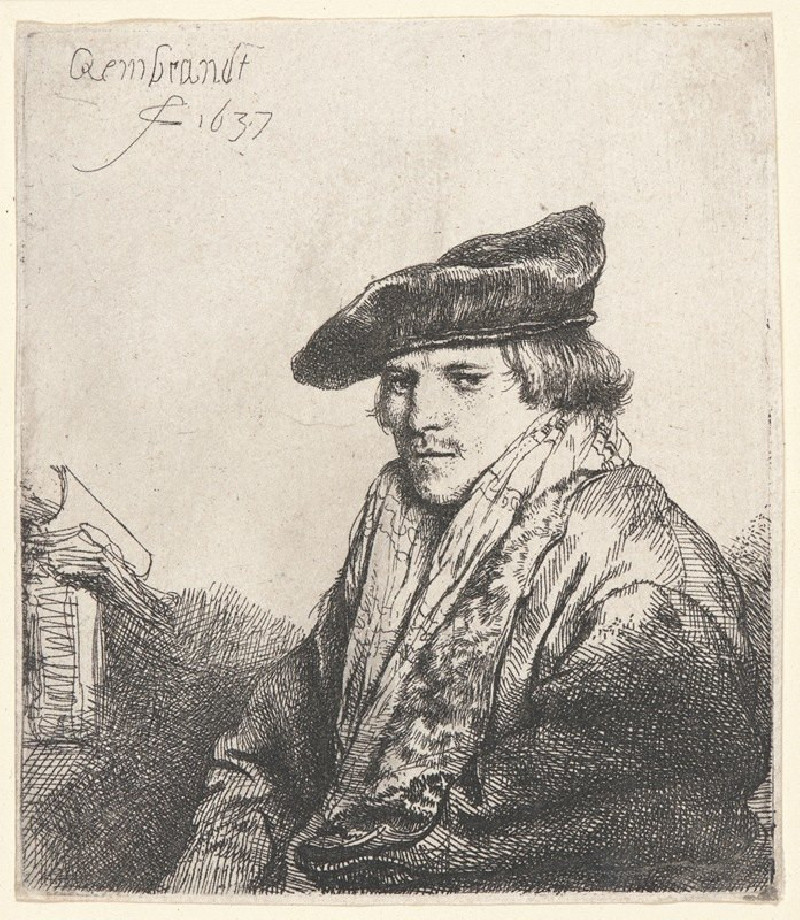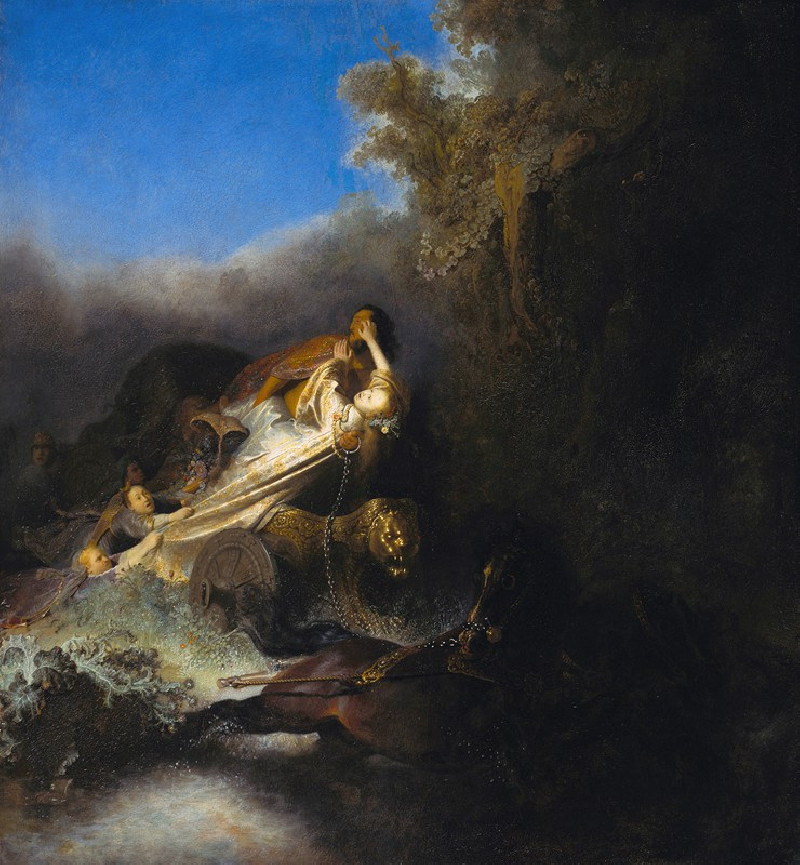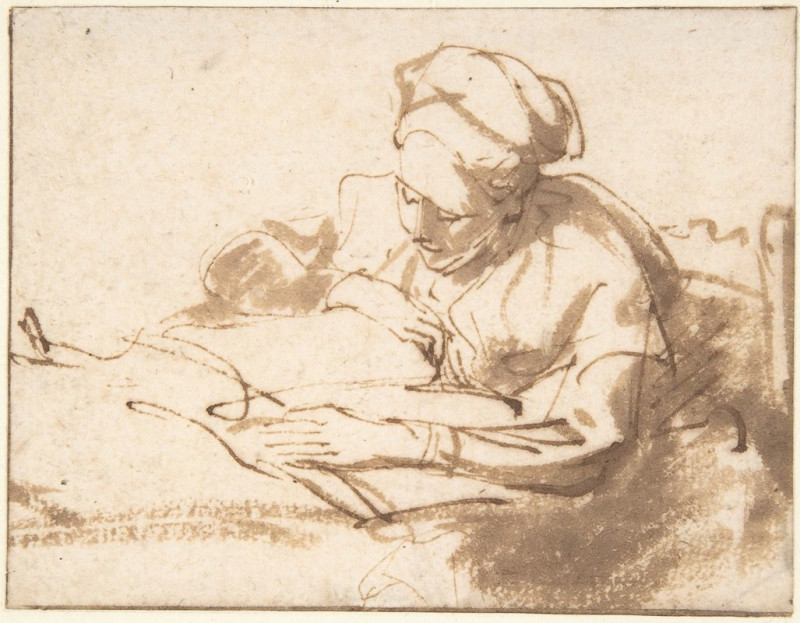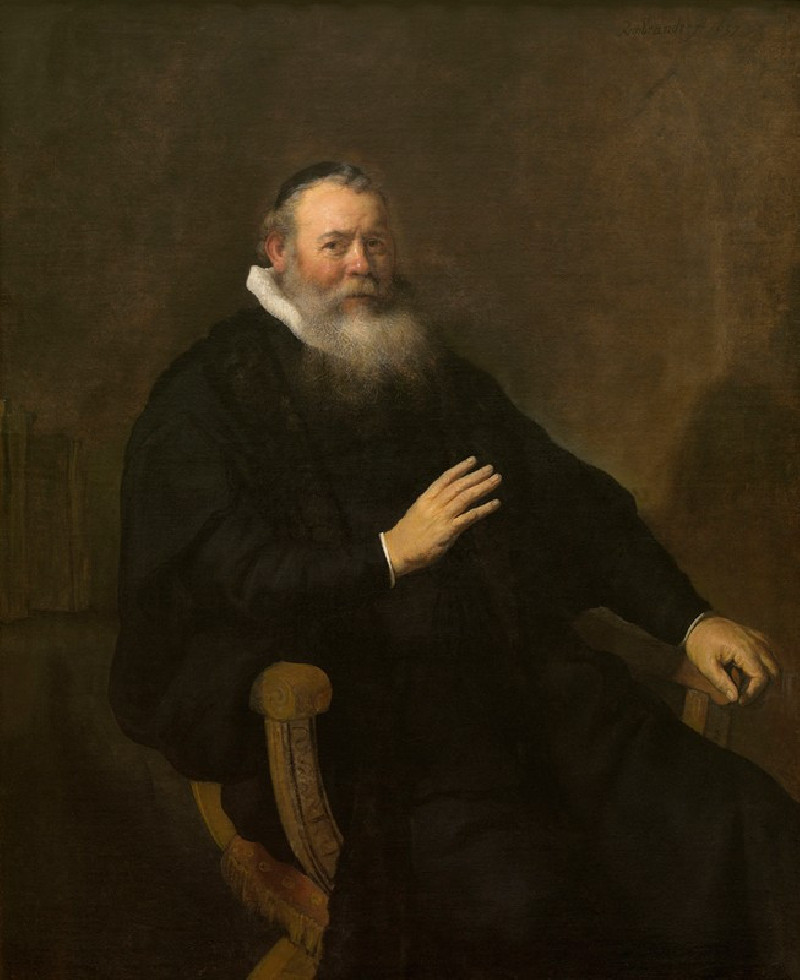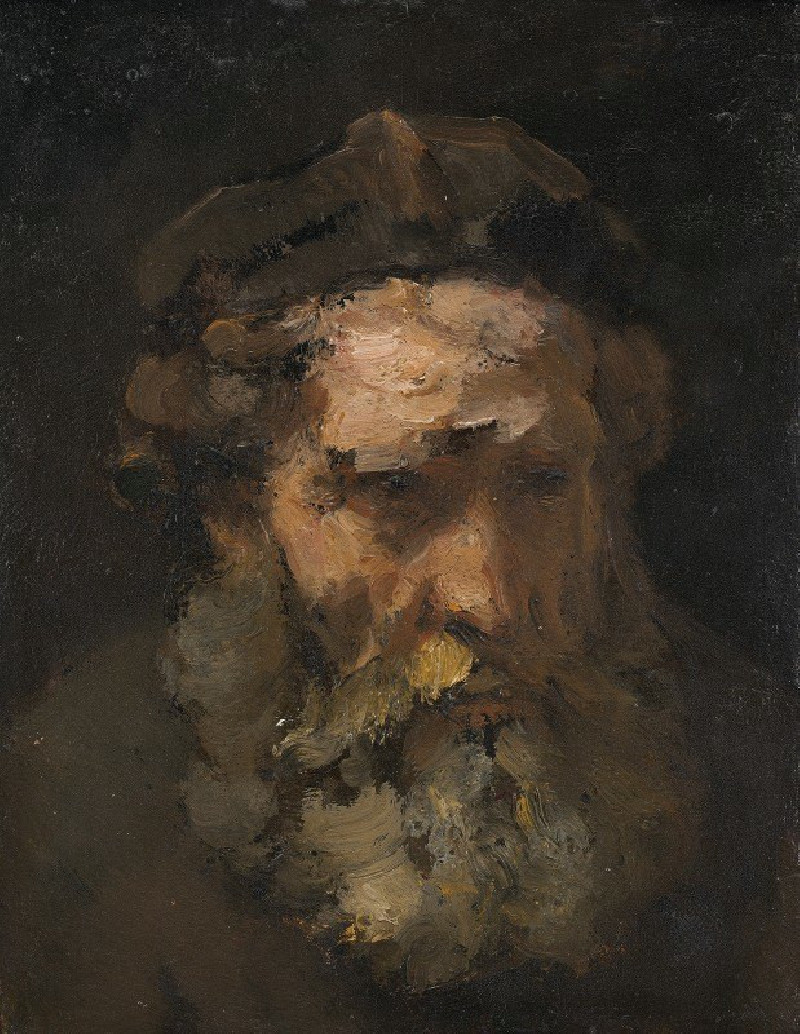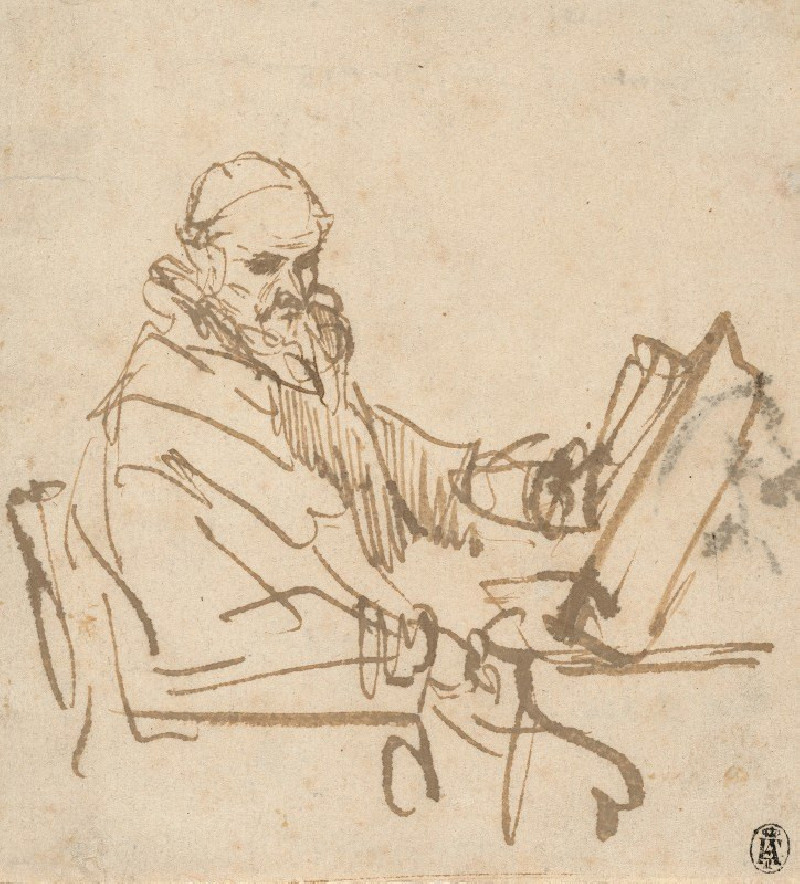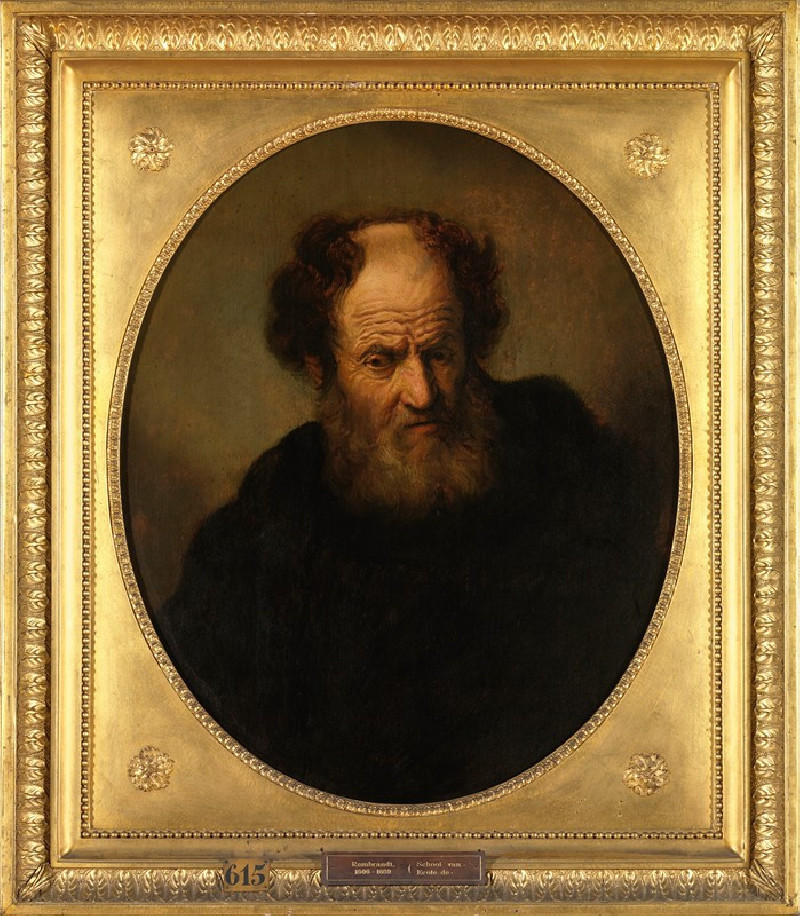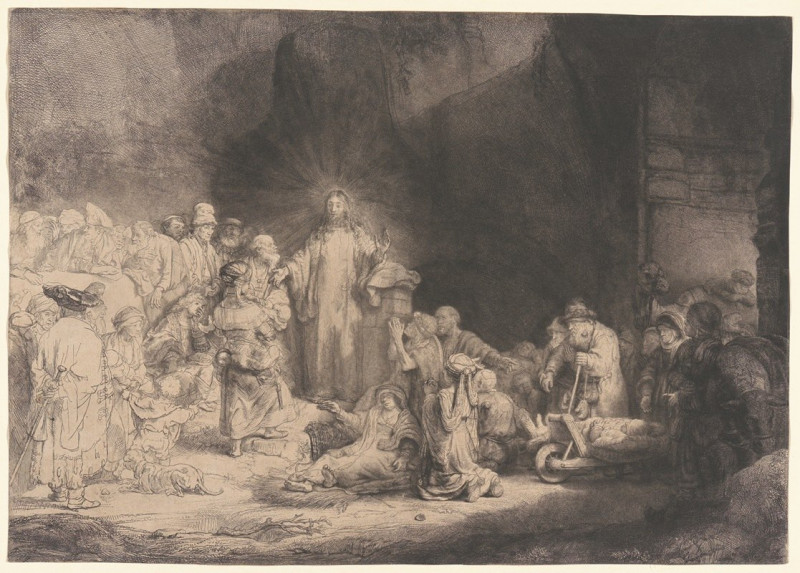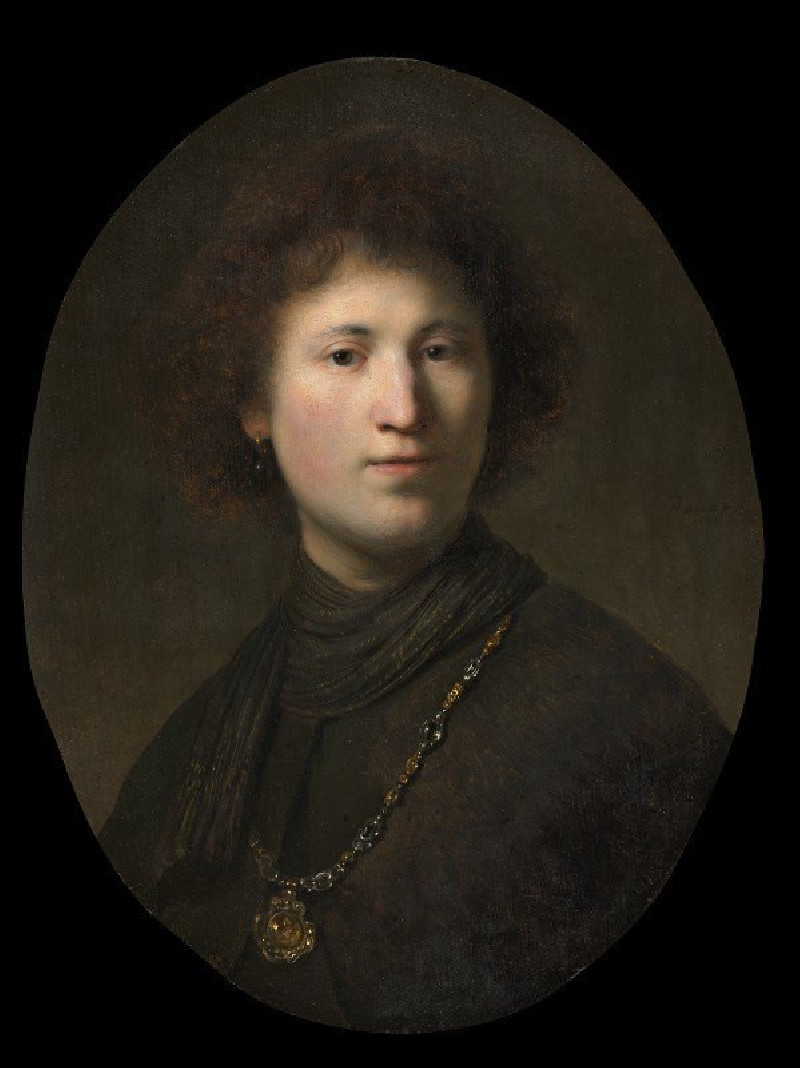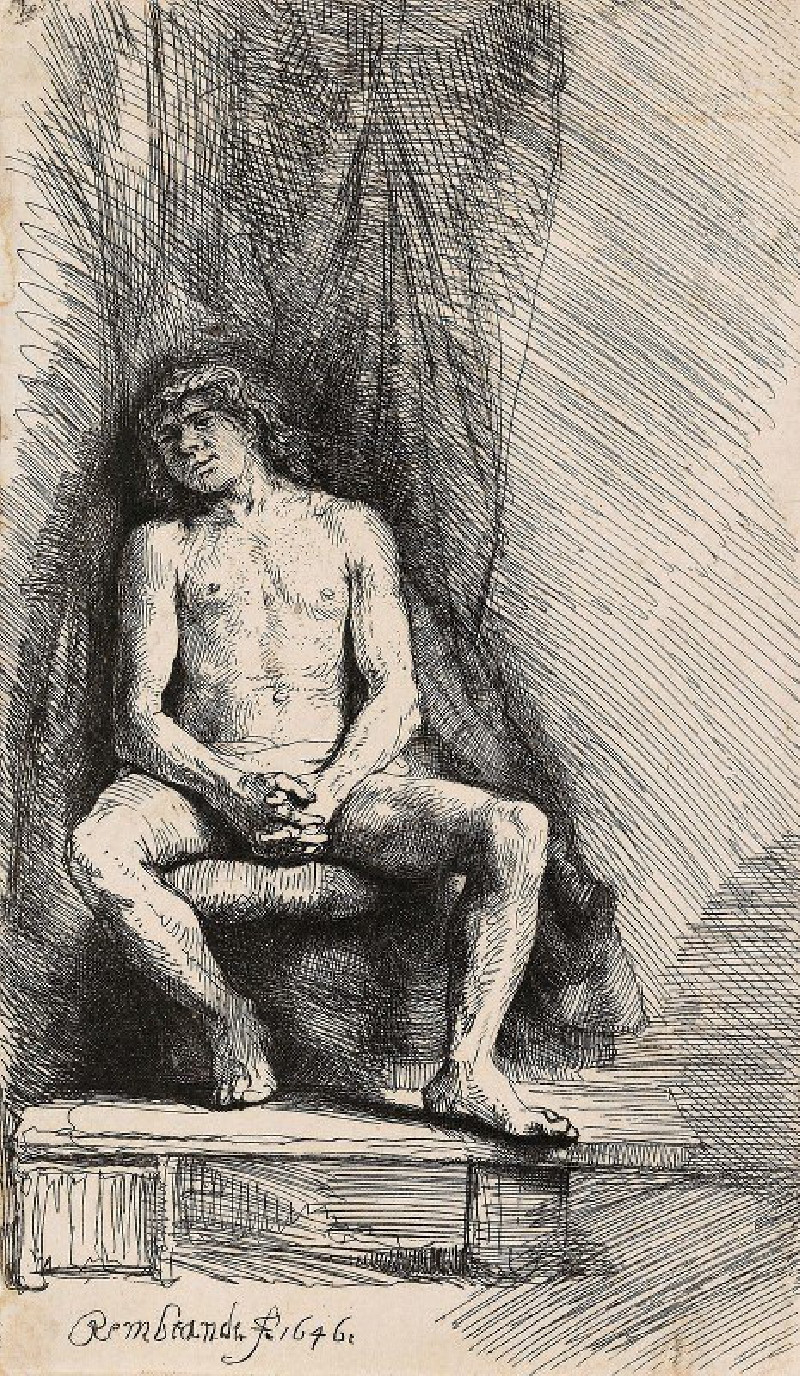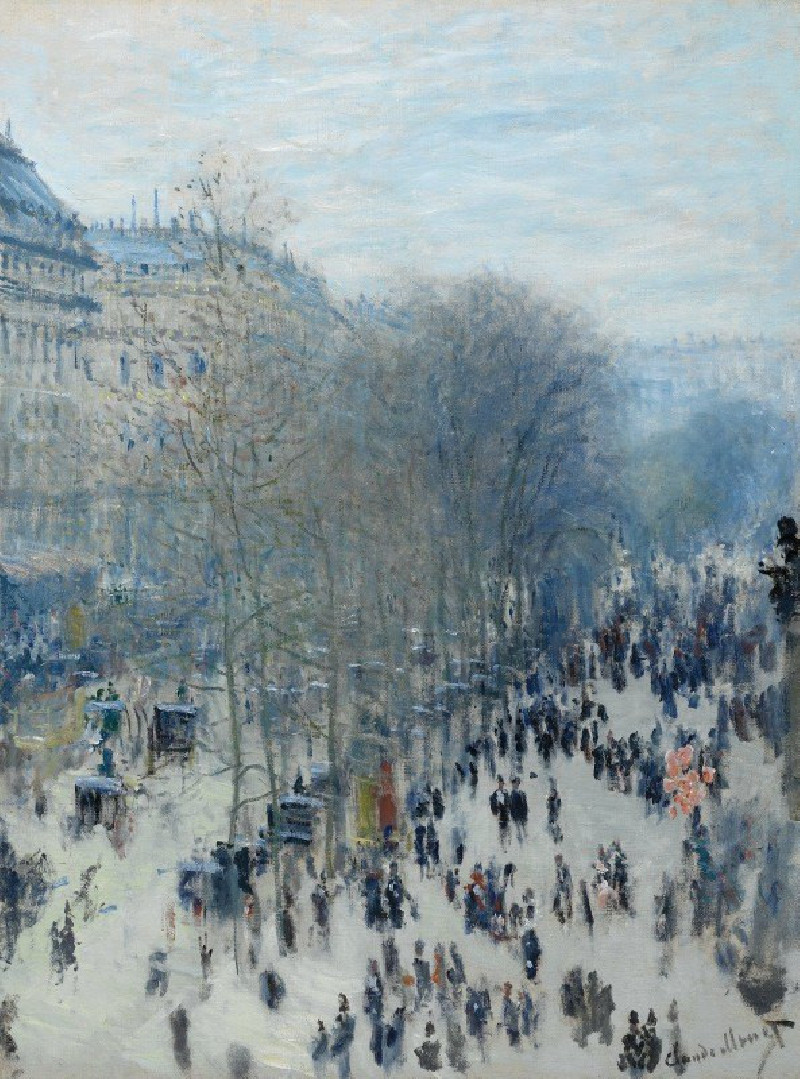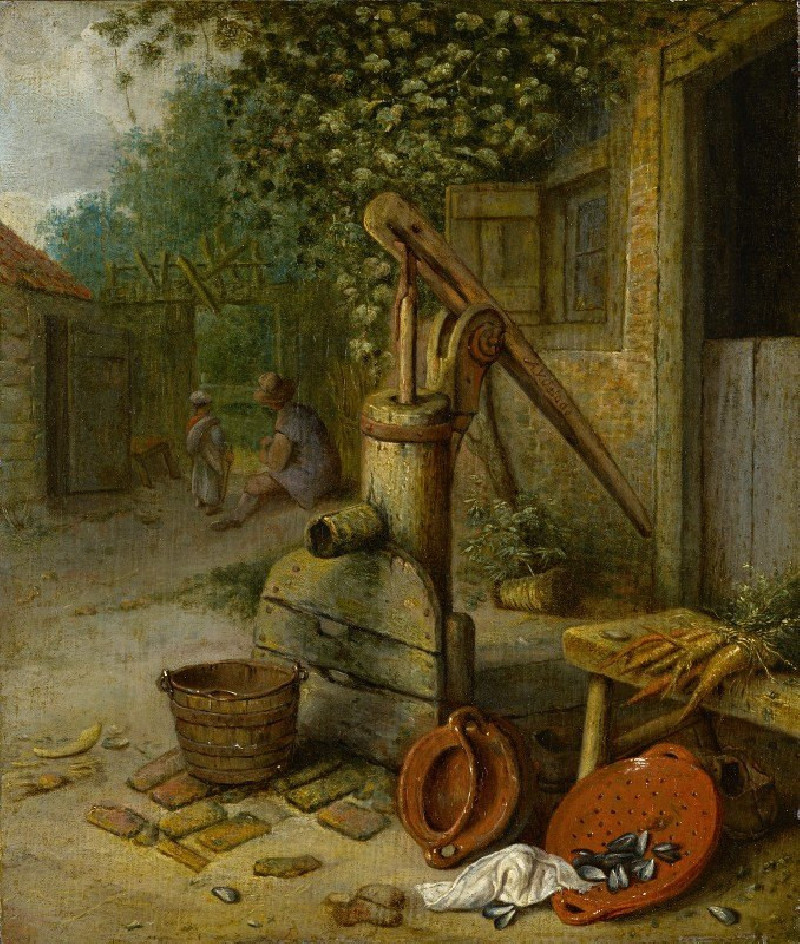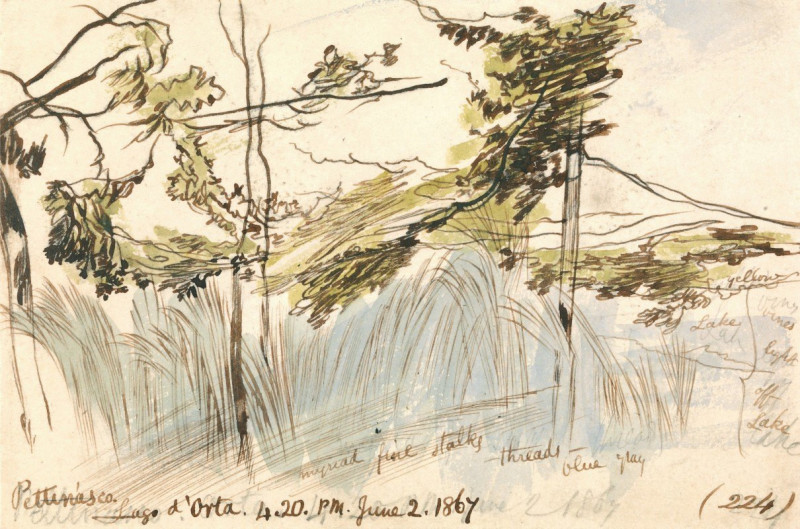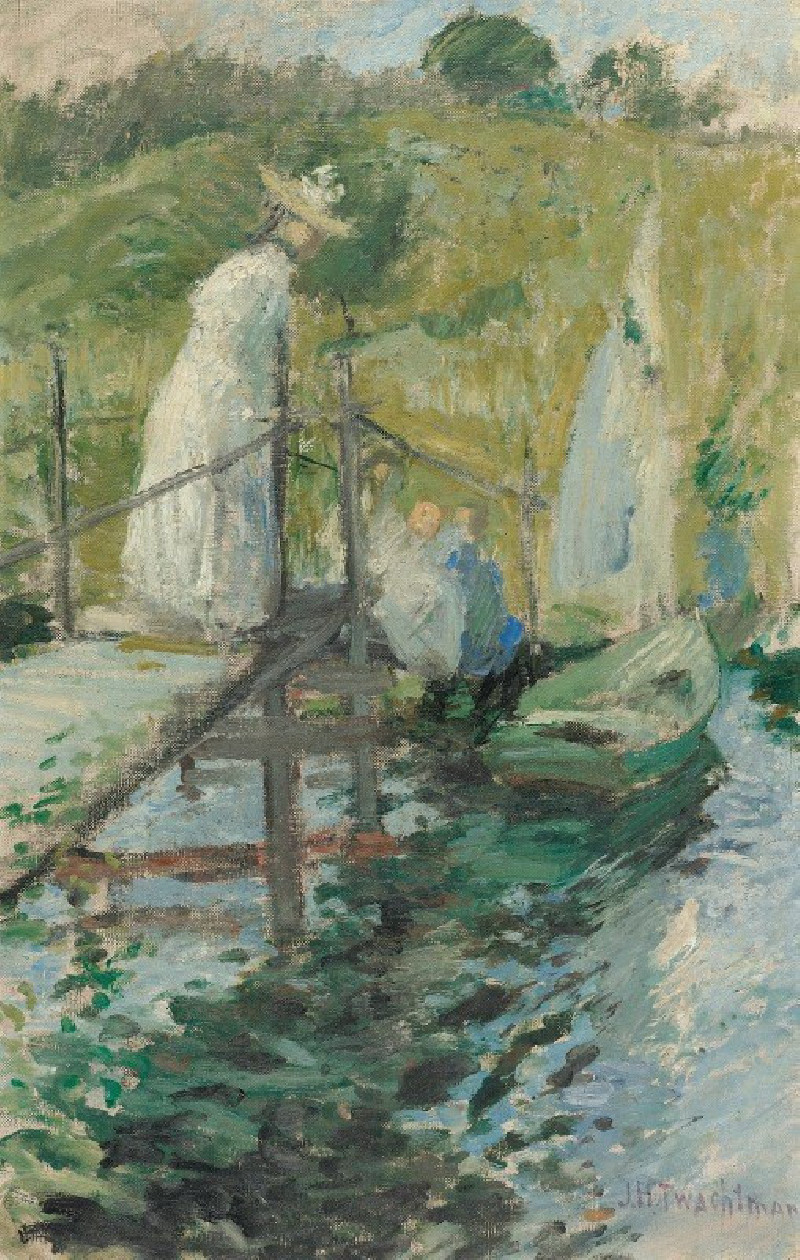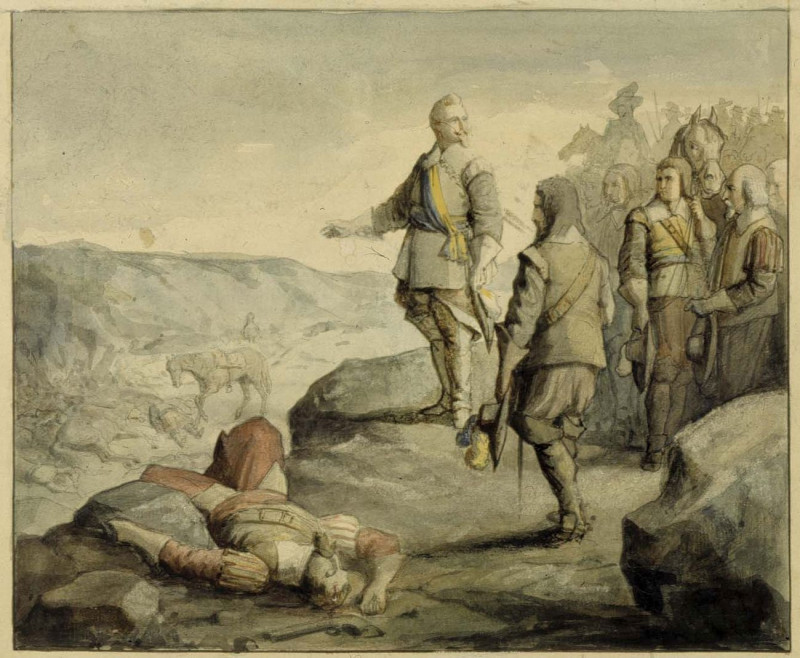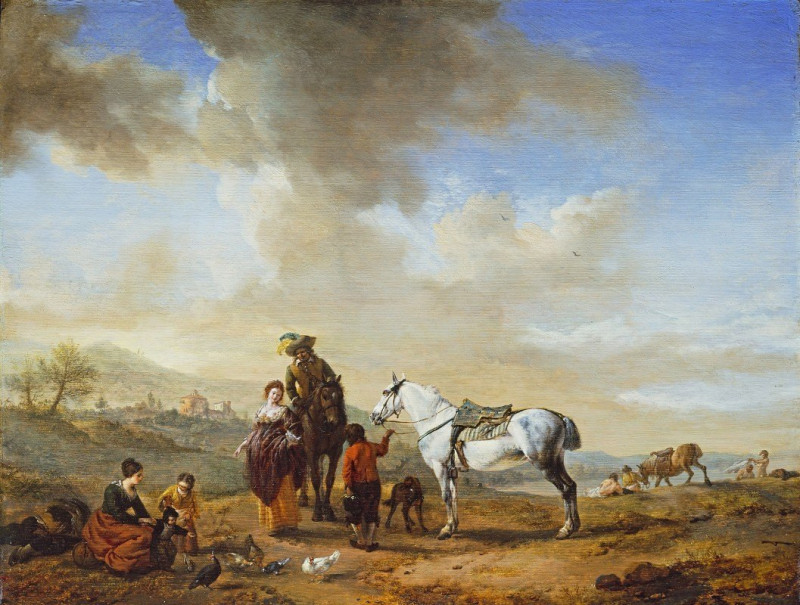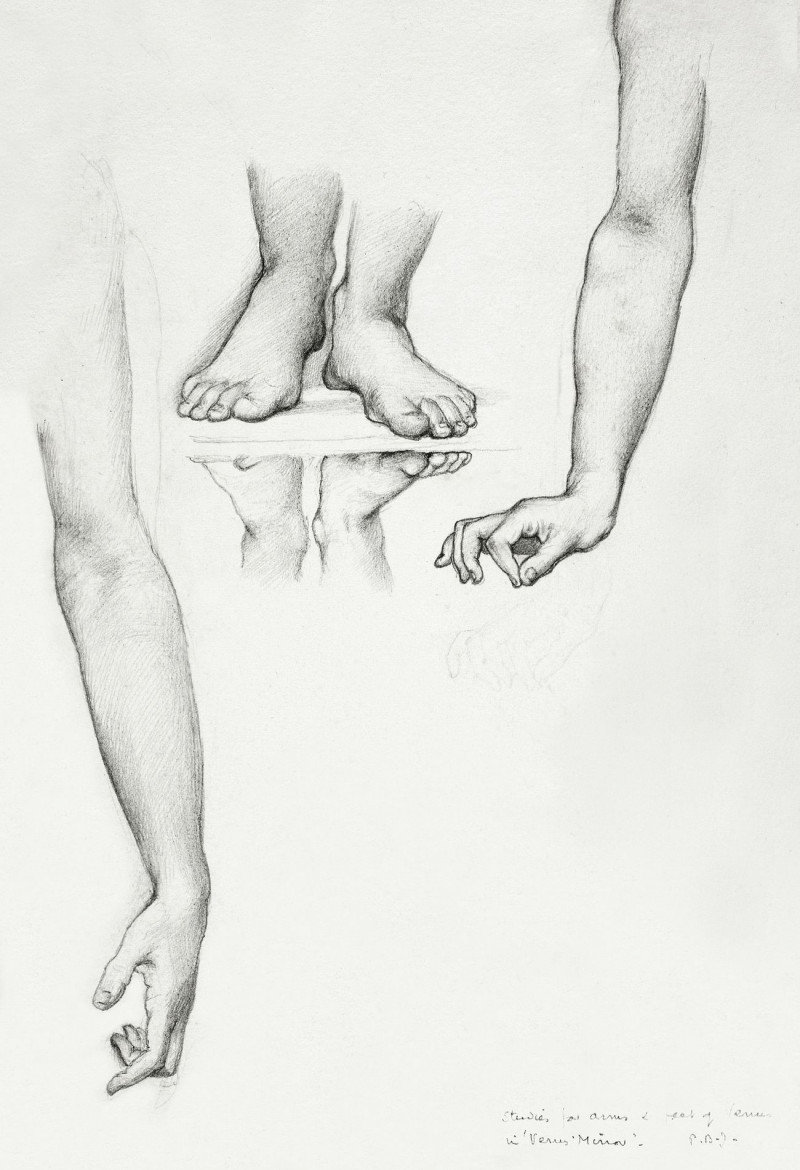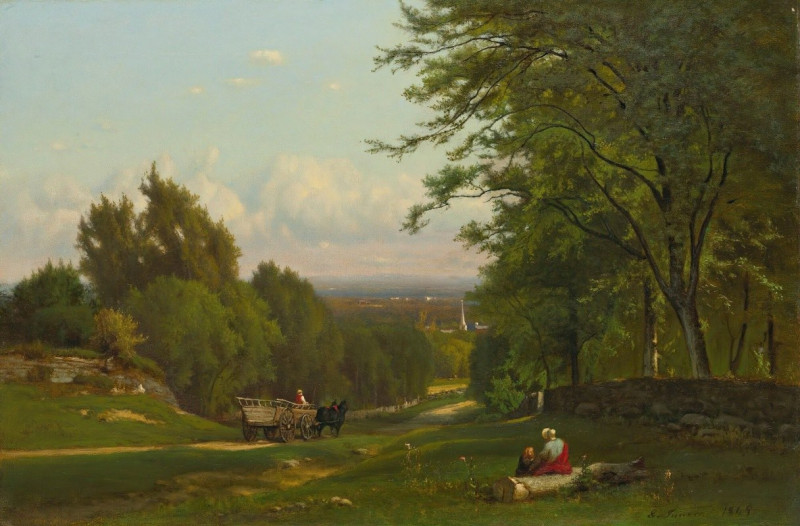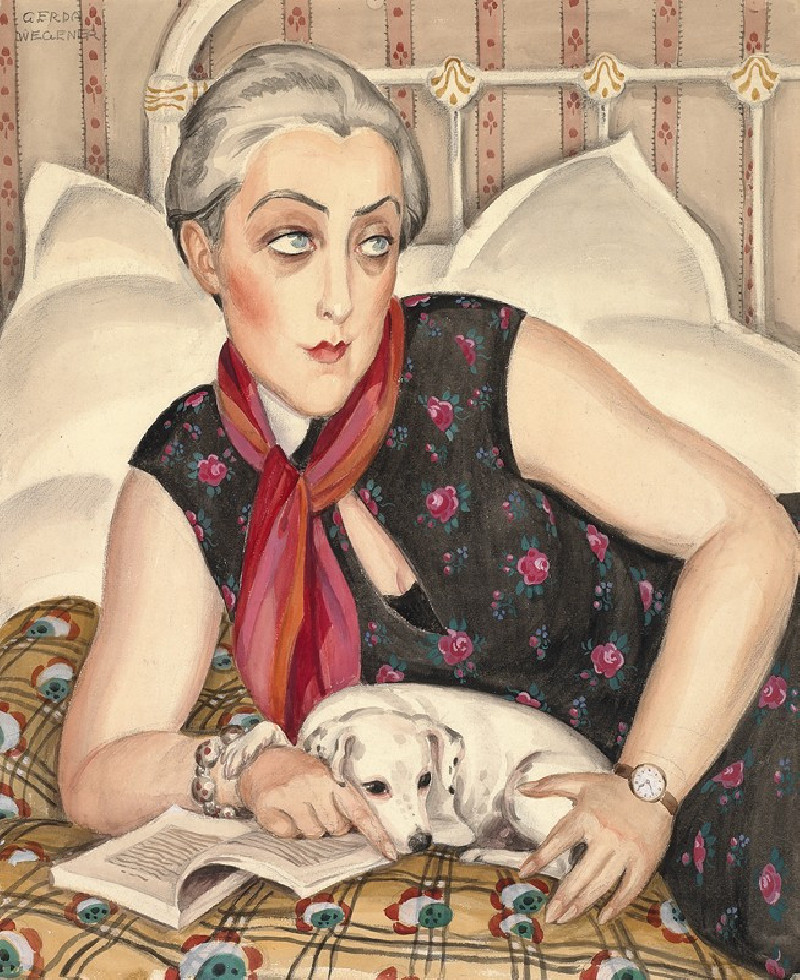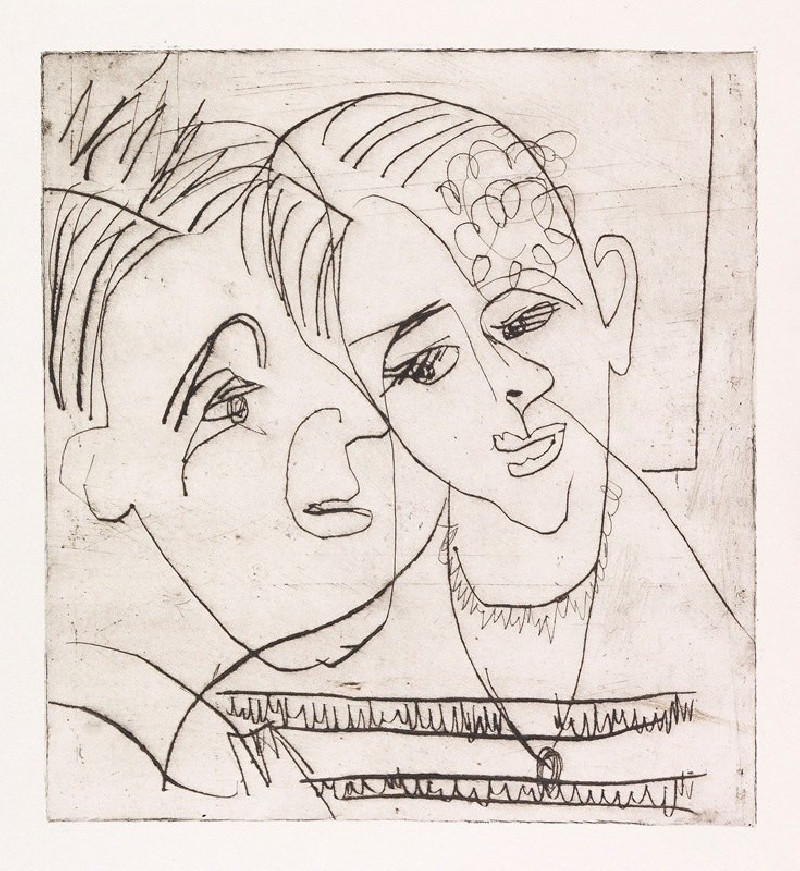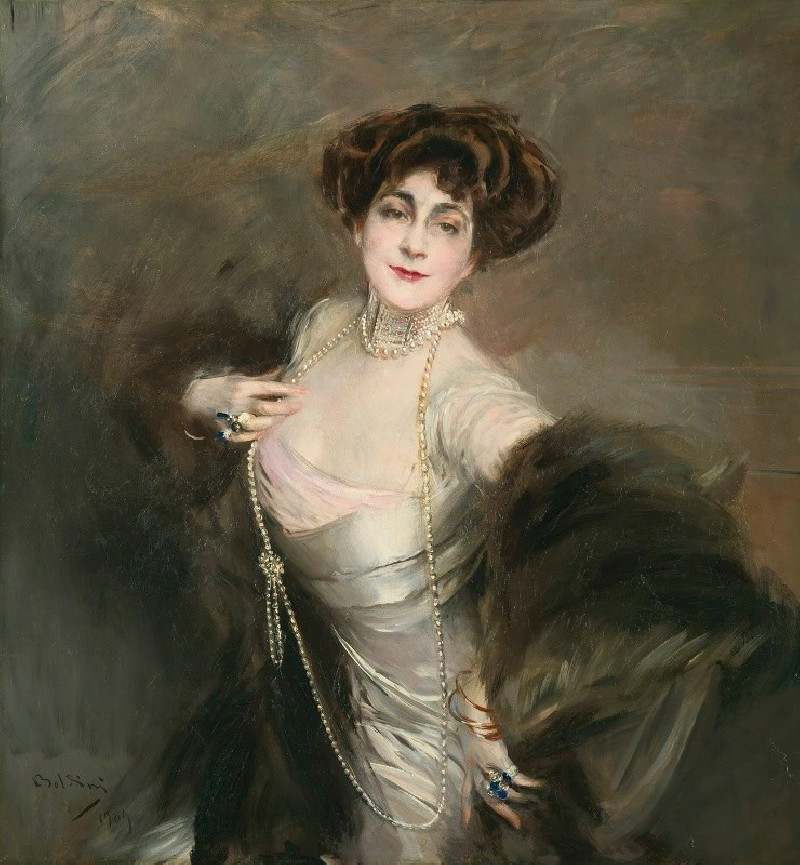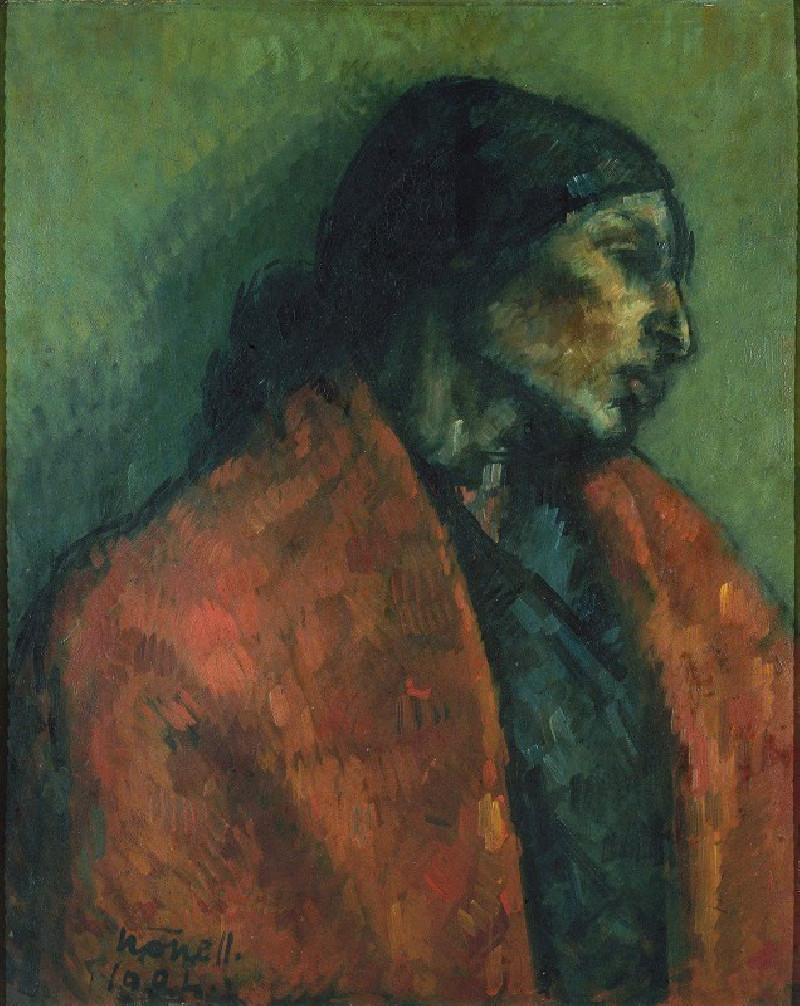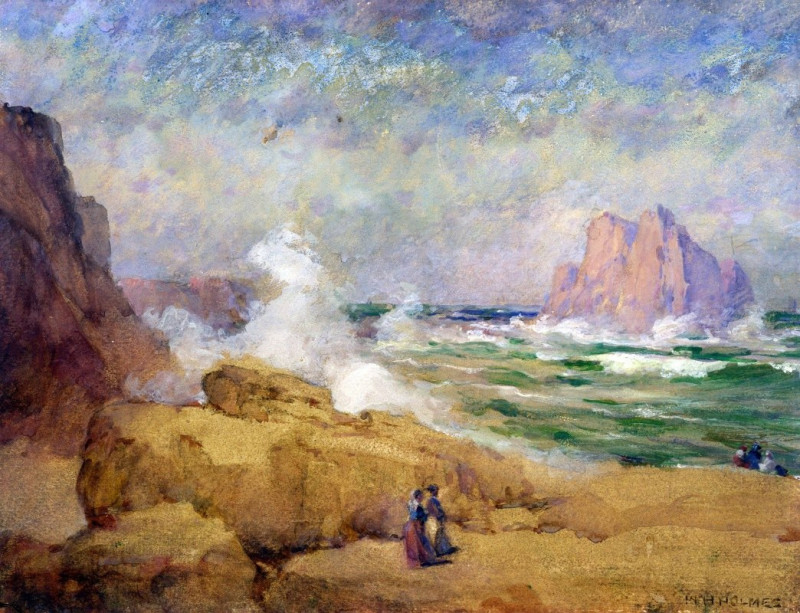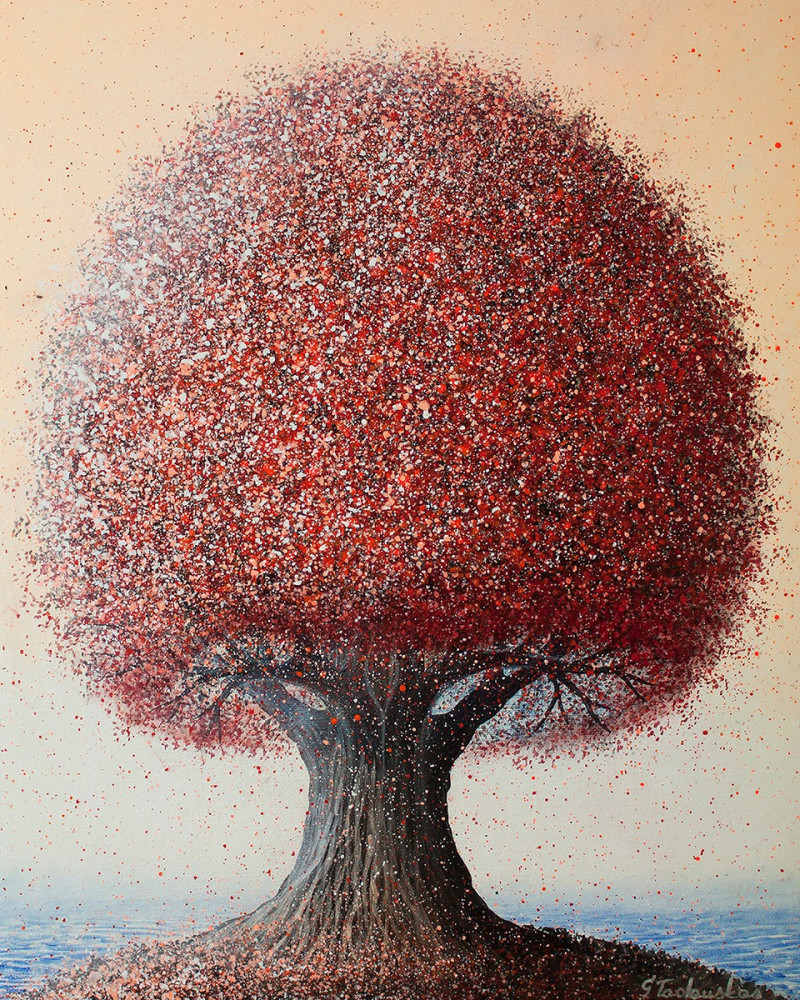Study of a Man Talking to a Woman Seated on the Left (1635–1636)
Technique: Giclée quality print
Recommended by our customers
More about this artwork
Welcome to our exploration of Rembrandt van Rijn's study titled, "Study of a Man Talking to a Woman Seated on the Left," crafted between 1635 and 1636. This intriguing piece is a testament to Rembrandt's mastery in capturing human interaction and emotion, even within the confines of a simple sketch.The artwork depicts two figures engaged in a moment of conversation. On the left, a woman is seated, her posture relaxed yet attentive. She appears to be listening intently to the man standing to her right. The man, gesturing expressively, leads the dialogue with a sense of urgency or emphasis, which can be interpreted through his animated arm movement and the incline of his body towards the woman.Rembrandt’s use of loose, confident strokes adds a dynamic quality to the sketch, bringing the characters to life with just a few lines. The sketchiness does not detract but rather adds a sense of immediacy and spontaneity, offering a glimpse into what might be a preparatory work for a more detailed painting.This drawing not only shows Rembrandt's skill in composition and form but also his profound understanding of human psychology. Each stroke tells a story of engagement, making viewers feel as though they are eavesdropping on a private conversation."Study of a Man Talking to a Woman Seated on the Left" provides a fascinating insight into Rembrandt’s process and his ability to convey complex narratives in even the most preliminary sketches.
Delivery
Returns
Rembrandt Harmenszoon van Rijn was a Dutch draughtsman, painter, and printmaker. An innovative and prolific master in three media, he is generally considered one of the greatest visual artists in the history of art and the most important in Dutch art history. Unlike most Dutch masters of the 17th century, Rembrandt's works depict a wide range of style and subject matter, from portraits and self-portraits to landscapes, genre scenes, allegorical and historical scenes, and biblical and mythological themes as well as animal studies.


